Most Pinoy Chinese know it’s the time of the year when their friends ask them for Tikoy after greeting them with “Kong Hei Fat Choi.” This just shows that Chinese New Year is looked forward to by Filipinos. But beyond Tikoy preparation, Filipinos have more nuanced traditions as they celebrate Chinese New Year.
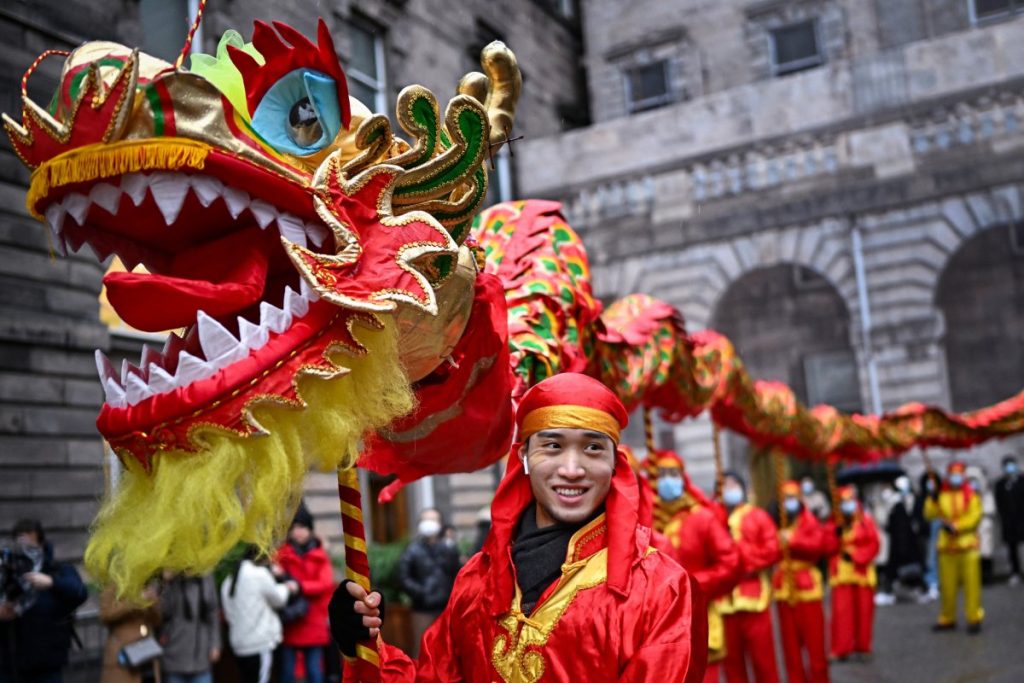
- Color Red
One of the most commonly observed during the Chinese New Year Celebration is the constant use of red—in clothes, candles, and the interior design of the house. This is because they believe that the color red is a symbol of good luck, energy, and happiness. So, to manifest the mentioned good qualities of life for the entire year, the Chinese start their year by wearing red.
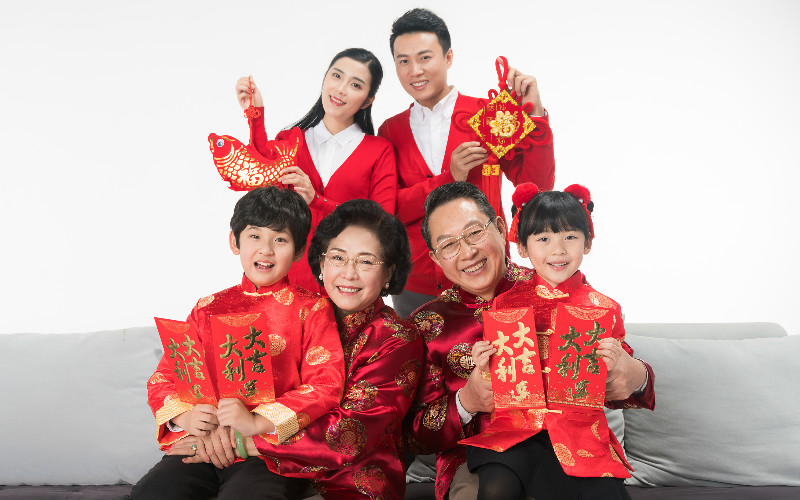
- Giving of Ang Pao
Ang Paos are red envelopes with printed Chinese characters in front where money bills are placed. During Chinese New Year, they are given as gifts, most especially to children. Contrary to the common belief that Ang Paos are only envelopes for money, in Chinese, it symbolizes good luck and long life.
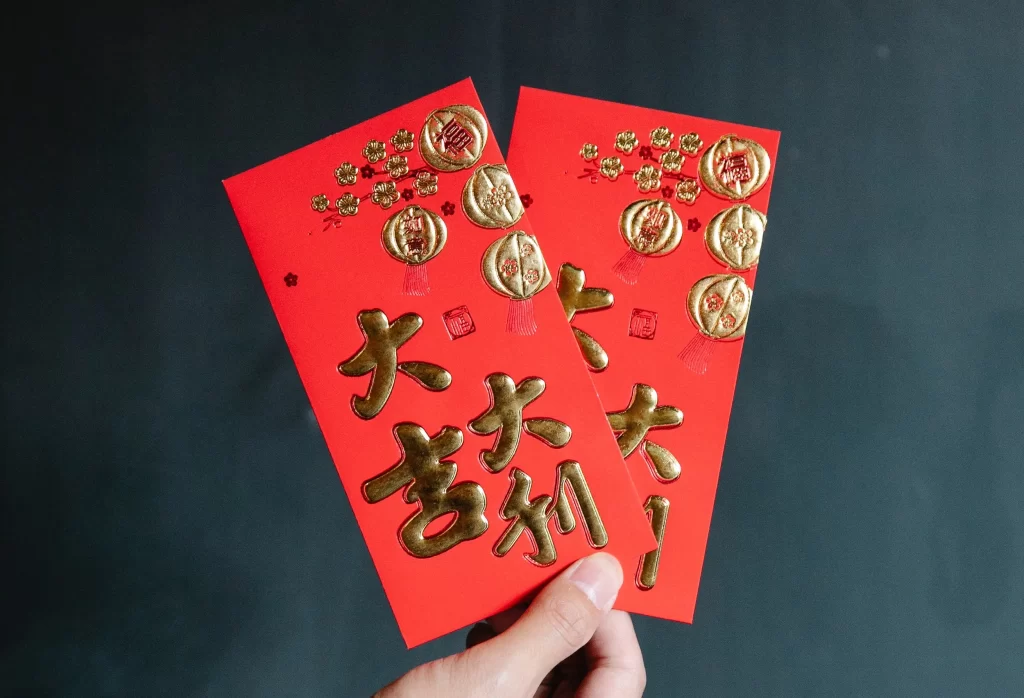
However, it should be noted that the amount of money placed inside the Ang Pao should be in even numbers because, for the Chinese, odd numbers are associated with funerals.
- Dancing Dragons and Lions
Dancing Dragons and Lions are often seen in establishments. From an external perspective, they might be performing for pure entertainment. However, in Chinese traditions, dragons symbolize wisdom, power, and wealth. Meanwhile, lions stand for power, wisdom, and superiority. When both are combined for a dance, they bring good luck and prosperity.
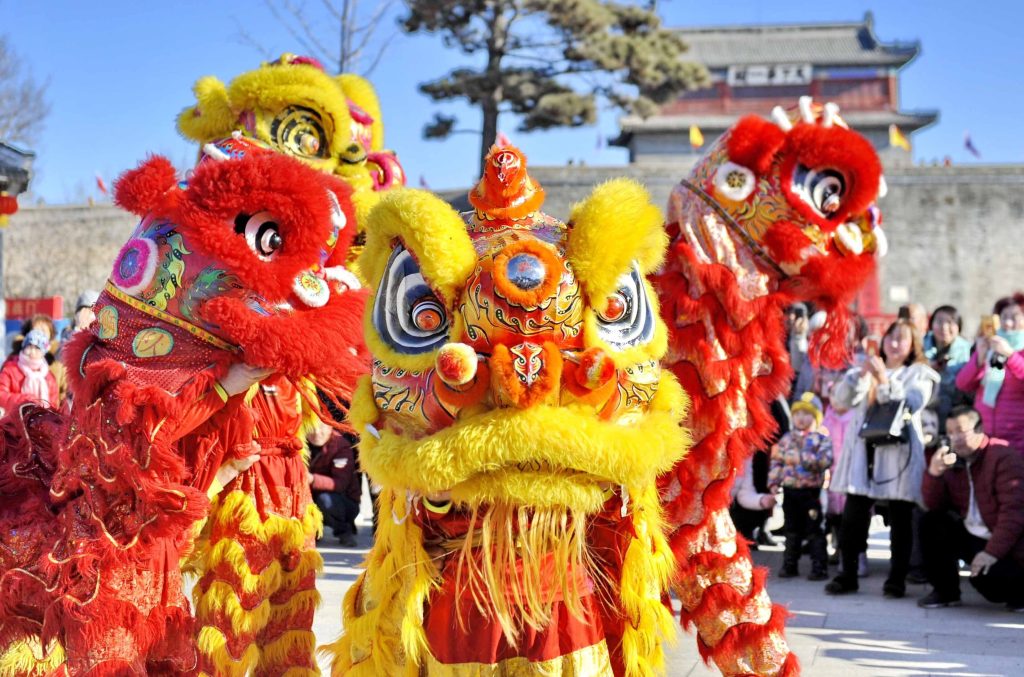
- New Year’s Eve Dinner
Food is one of the important traditions in celebrating Chinese New Year, and more often than not, each food served at the table has its corresponding significance for the occasion.
Rice cakes and noodles signify success and prosperity. For personal relationships with family and friends, these signify a stronger bond throughout the year. Noodles also mean a long and happy life.
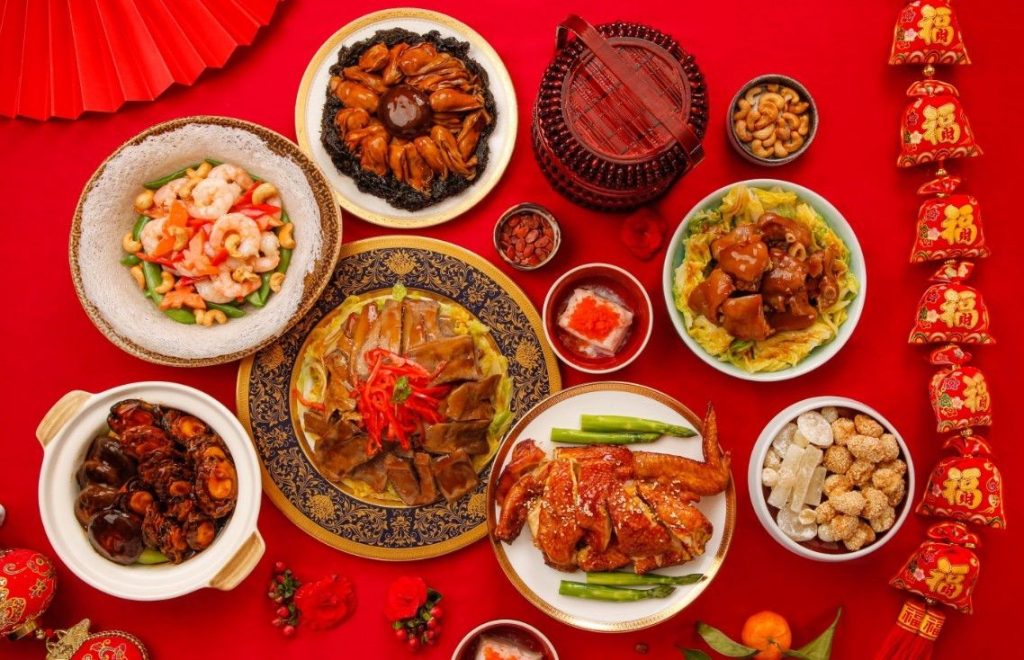
- Fireworks
Aside from food preparation, the Chinese also believed that bright and loud fireworks make the start of the Chinese New Year a luckier year. They also believe that fireworks drive away bad luck and evil spirits.
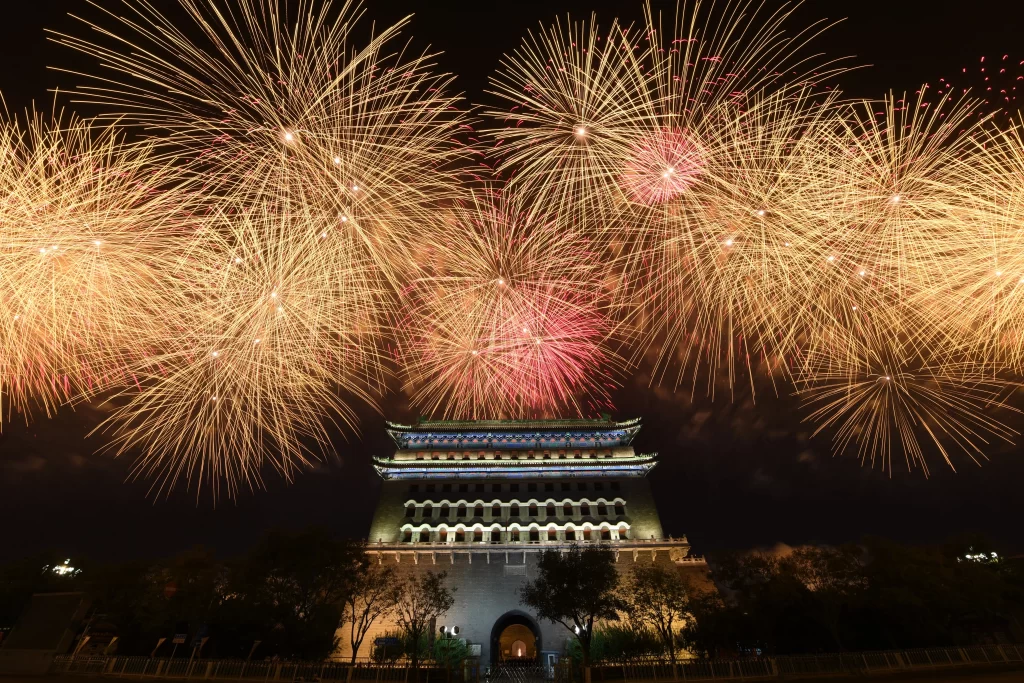
Despite the difference when it comes to culture, this is not a hindrance for Filipinos to celebrate the Chinese New Year, which in itself is a manifestation of the diverse culture’s fusion when it comes to .practice.

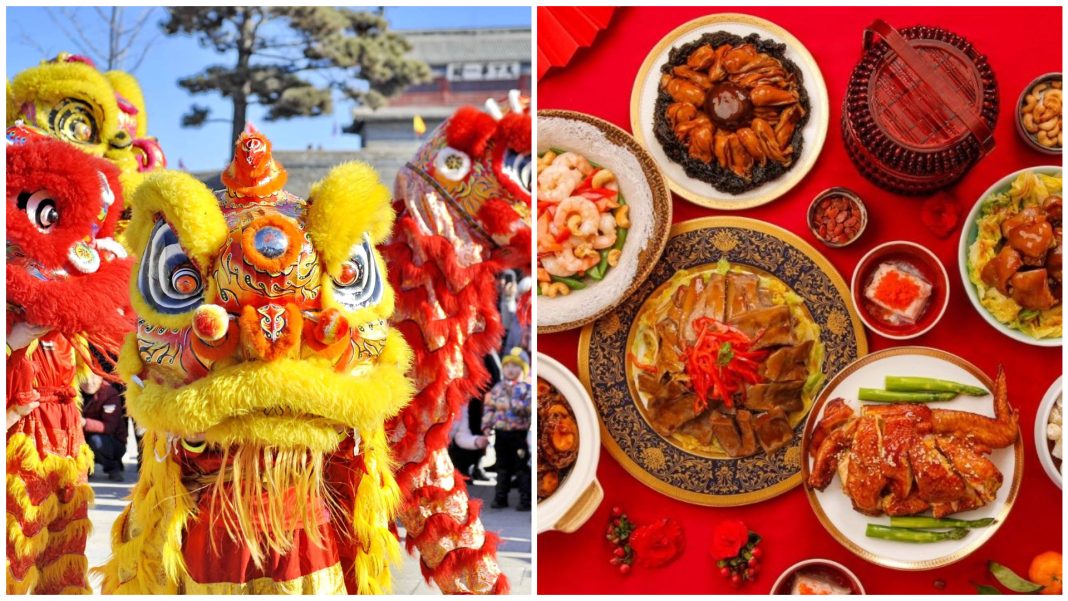
Your insightful article on the interweaving of Filipino and Chinese traditions during the New Year is a captivating read. It beautifully captures the essence of the cultural fusion, highlighting the significance and shared celebrations that make the Filipino Chinese traditions truly unique and enriching.